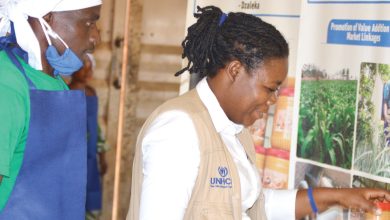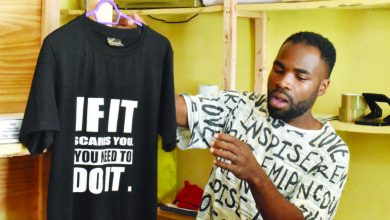Hello, Malawi’s ruralmajority left behind
Are there any ICT solutions to Malawi’s troubling rural-urban digital divide? Our Contributor EPHRAIM NYONDO probes.
In their minds, policymakers in Malawi envision the nation becoming an inclusively wealthy and self-reliant, industrialised upper-middle-income country that can fund its development needs.
According to National Planning Commission (NPC) chairperson Dr Thomas Munthali, the catchphrase—“inclusively wealthy”—partly means “everyone must be on board regardless of location”.

However, the country is racing off-track in terms of ICT, an enabler of Agenda 2063.
The 2023 State of ICT survey shows there is a disturbing digital divide between rural and urban Malawians.
In terms of mobile phone ownership, just about 41 percent—about two in every five Malawians—had used mobile phones within three months prior to the survey. However, more urban dwellers, 62 percent, use smartphones than their rural counterparts (34.7 percent).
This is ironic considering that nearly 84 percent of Malawians live in rural areas, according to the 2018 census.
The ICT report has some tale of hope as households with access to internet services almost doubled from 9.9 percent to 18.4 percent in 2023.
H o w e v e r , t h e digital divide in urban communities increased from 31 percent to 44.7 percent since 2019.
Within the same period, the divide increased from 5.9 percent to 13.6 percent.
Similarly disturbing are inequalities in the use and adoption of digital financial services and e-commerce by location.
The survey by the Malawi Communications Regulatory Authority (Macra) shows 73 percent of the country’s urban minority use digital financial services.
In contrast, only 39.5 of the rural majority use the digital financial solutions.
When it comes to e-commerce, Macra reports that a meagre 19.3 percent of people in urban areas buys goods online while 5.9 percent of the rural population do as much.
From ownership and use of TV to access and use of streaming services, computer use, subscription to bundles and just every variable, -the rural-urban divide is disturbingly unmistakable.
Macra director general Daud Suleman says the digital divide is one of the greatest challenges they are facing. However, he added that the regulatory authority is implementing different programmes to bridge the gap.
“To address the digital divide and the disparity of digital services uptake in rural areas and marginalised communities, we have intensified educational campaigns focusing on digital literacy and the benefits of ICTs,” he says.
Suleman says educators have a pivotal role to make the populace, including young Malawians, tech-savvy and digital literate.
“Thi s i s why we are championing the integration of ICTs into educational curricula, coupled with training programs for teachers, to equip the younger generation with the requisite skills to navigate the digital landscape effectively,” he says.
Suleman also hinted o n i n v e s t m e n t i n infrastructure, particularly in under-served rural areas, as crucial.
“Through the Universal Service Fund (USF), we are undertaking several programmes and projects to promote the availability of services in areas that are marginalised in service provision and underserved and unnerved communities.
The fund supports efforts to expand access and use of digital services in unreached areas, ensuring that digital inclusion for all.
“The goal is to ensure that no one is left,” he said.
One of the USF p r o g r amme i s the implementation of the Community Broadband Operators, which seeks to create self-sustaining networks in rural areas, develop local digital content and create value for commercial purposes.
T h e g o v e r n m e n t envisages the programme to contribute to the development of the national gross domestic product (GDP).
“The initiative targets two million people without broadband connectivity and improves access to affordable broadband service to three million in less-served areas in,” said Suleiman.
Recently, Macra launched Connect-A-School project to provide ICT labs in learning institutions nationwide, starting with 193 labs that can hold up to 60 computers each.
Macra, through USF, will provide the first 20 computers and free internet connectivity for three years.n
TOMORROW: There is a school in Lilongwe which has started implementing a project that, in five years from today, see elimination of notebooks and pens as they aim to digitise every learning process. What school is this and what are they doing?


